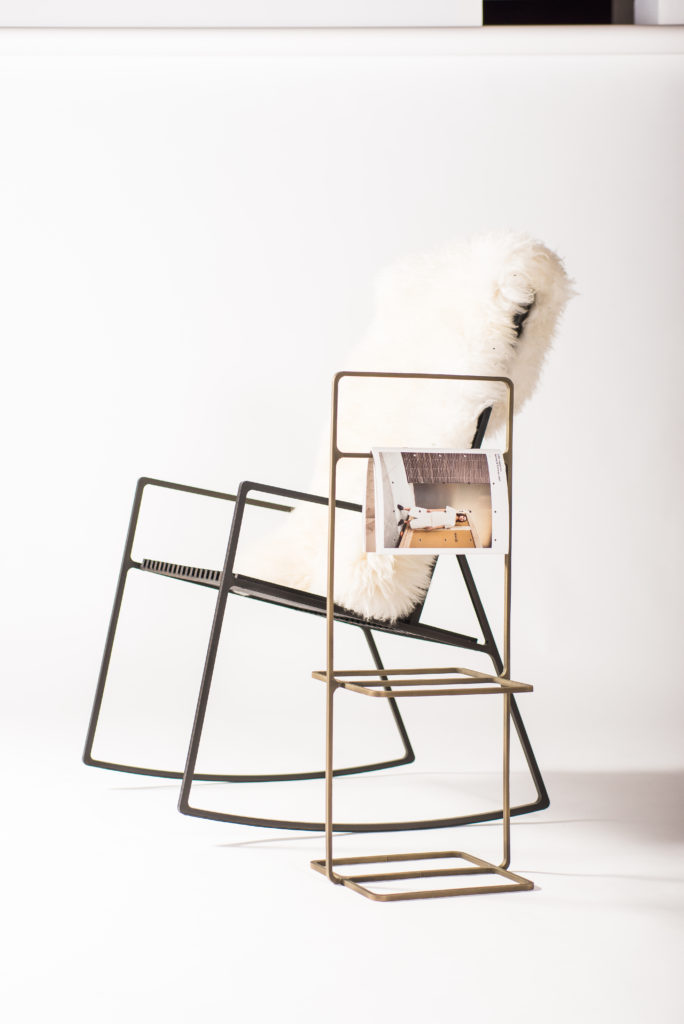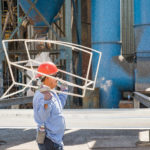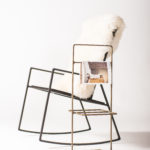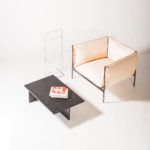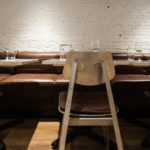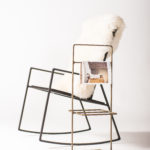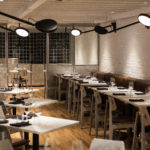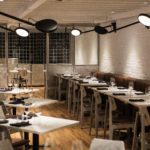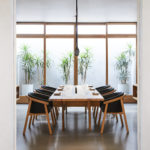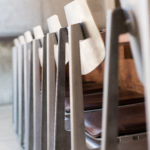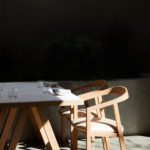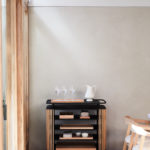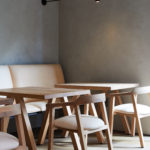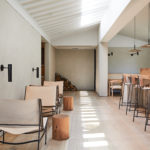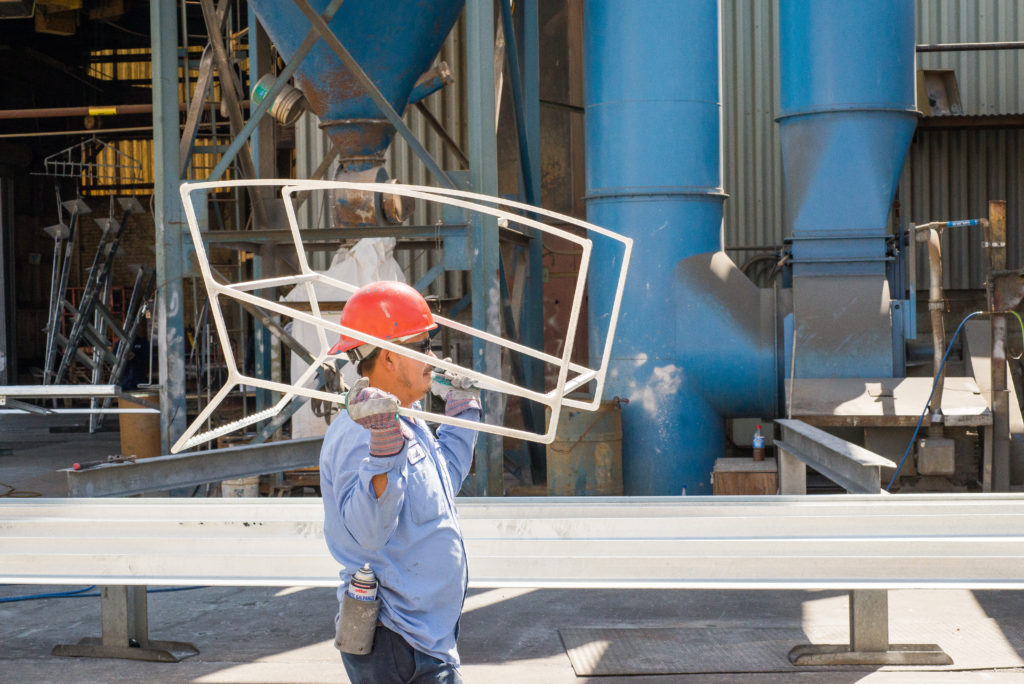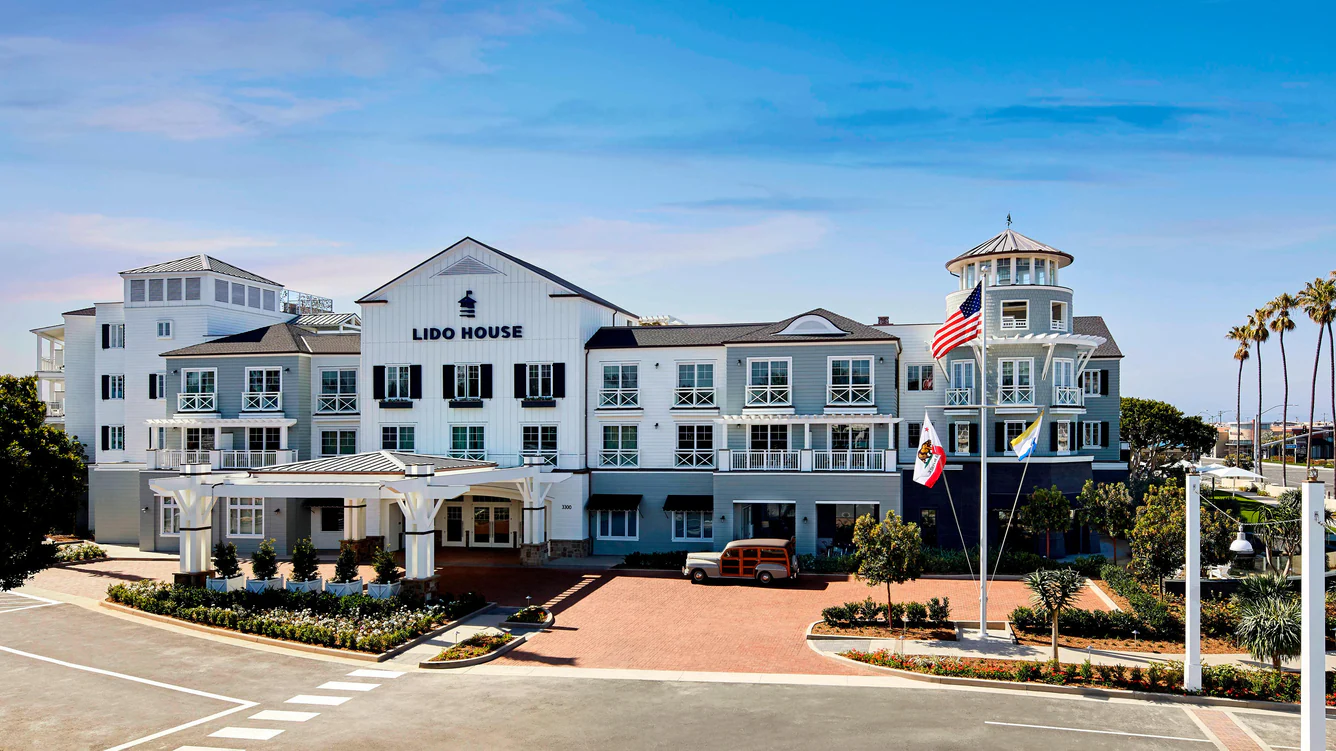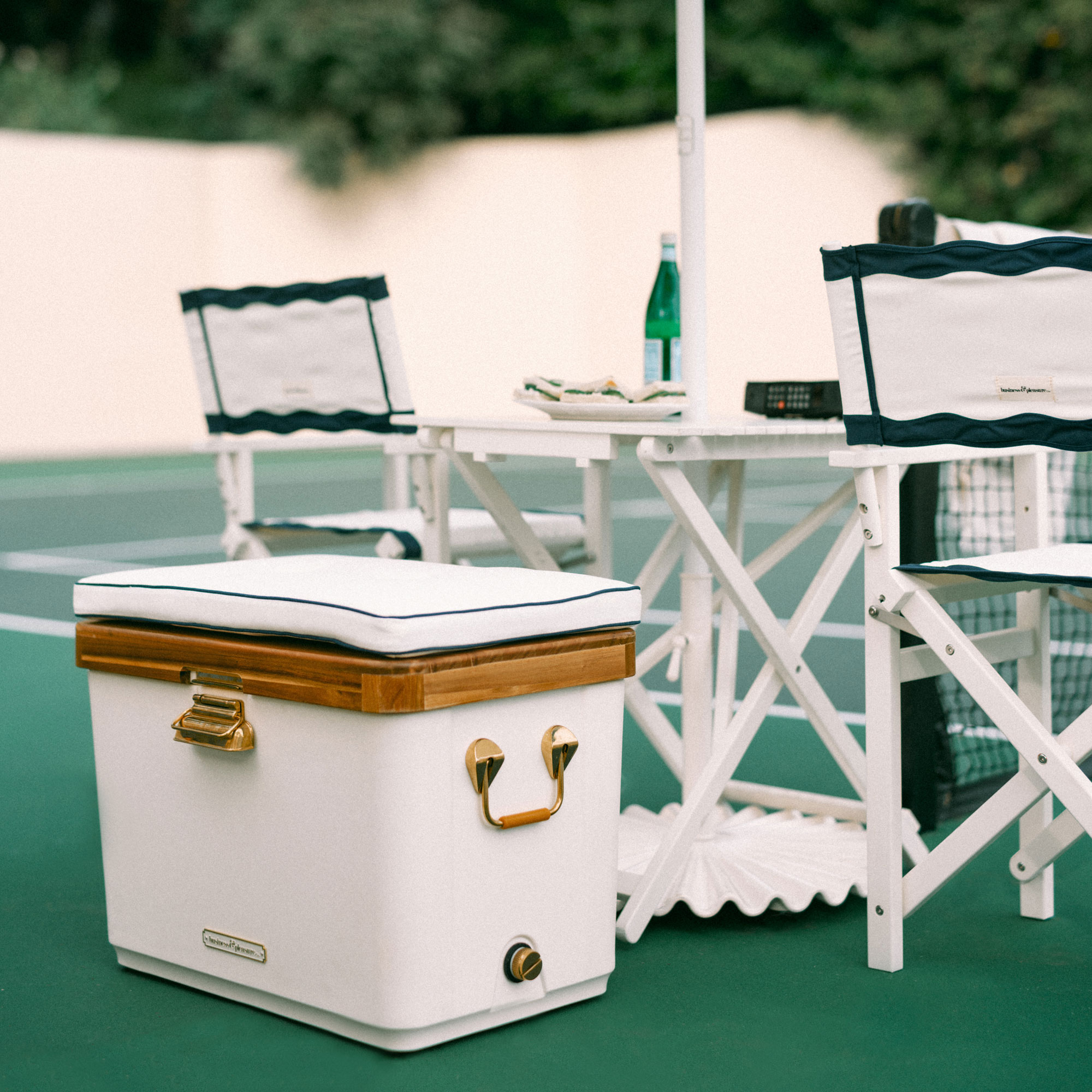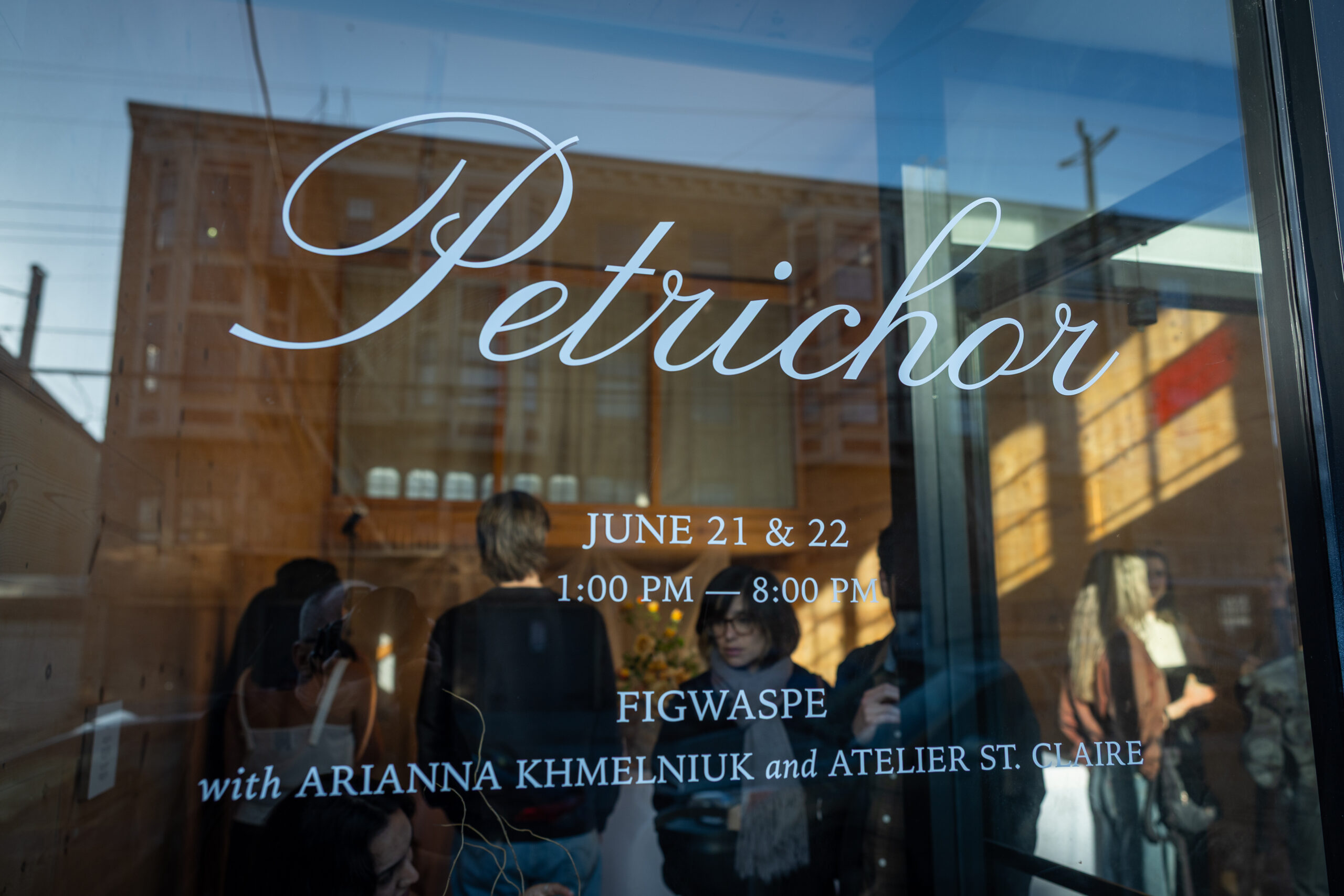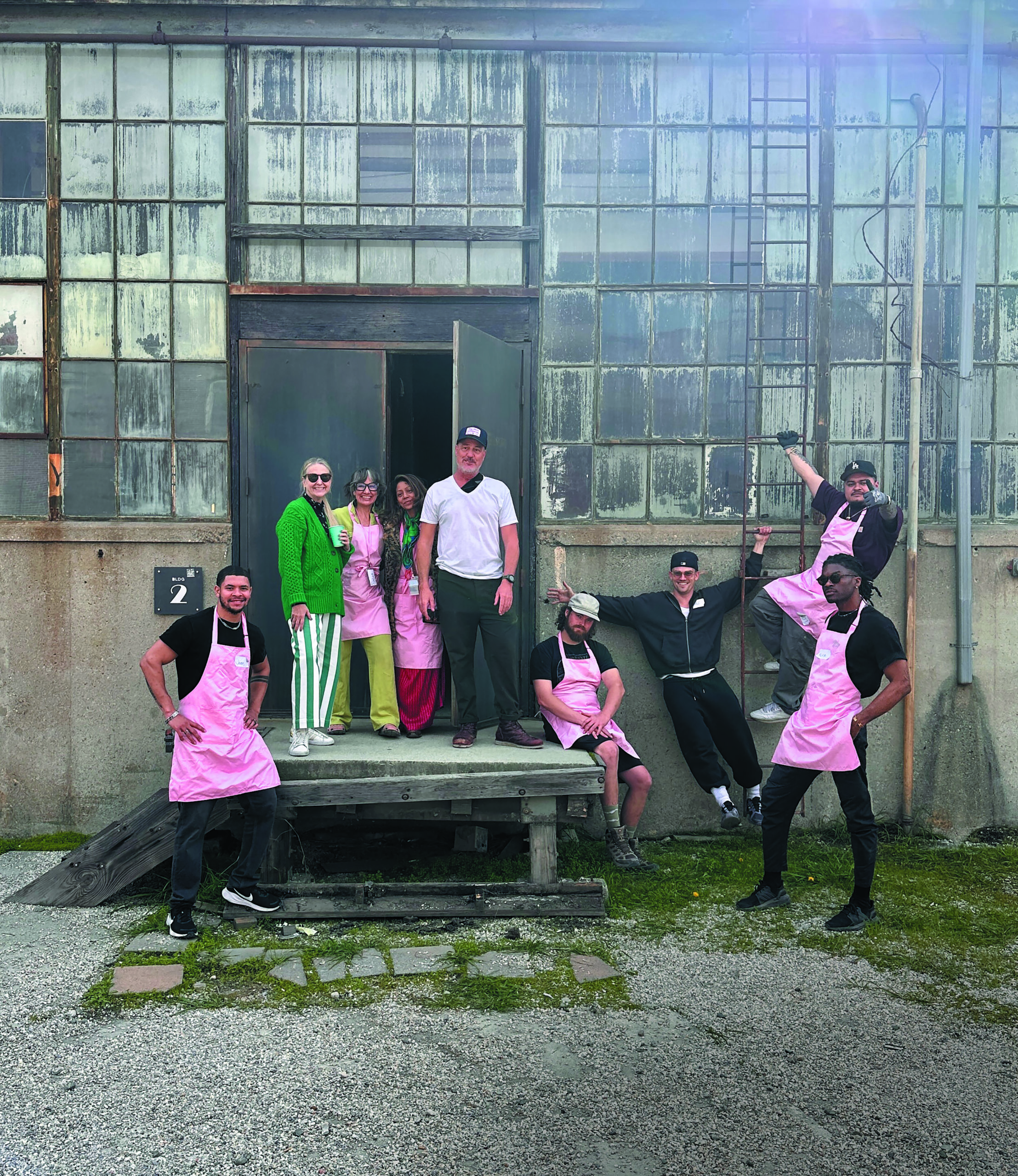Behind The Design Mind: Klein Agency
Author:Abigail StoneHusband and wife design team, Jon and Masa Kleinhample of Klein Agency, personify the international spirit of Los Angeles and its alluring, commanding aesthetic, showcased in their beautiful interiors and compelling furniture and lighting.
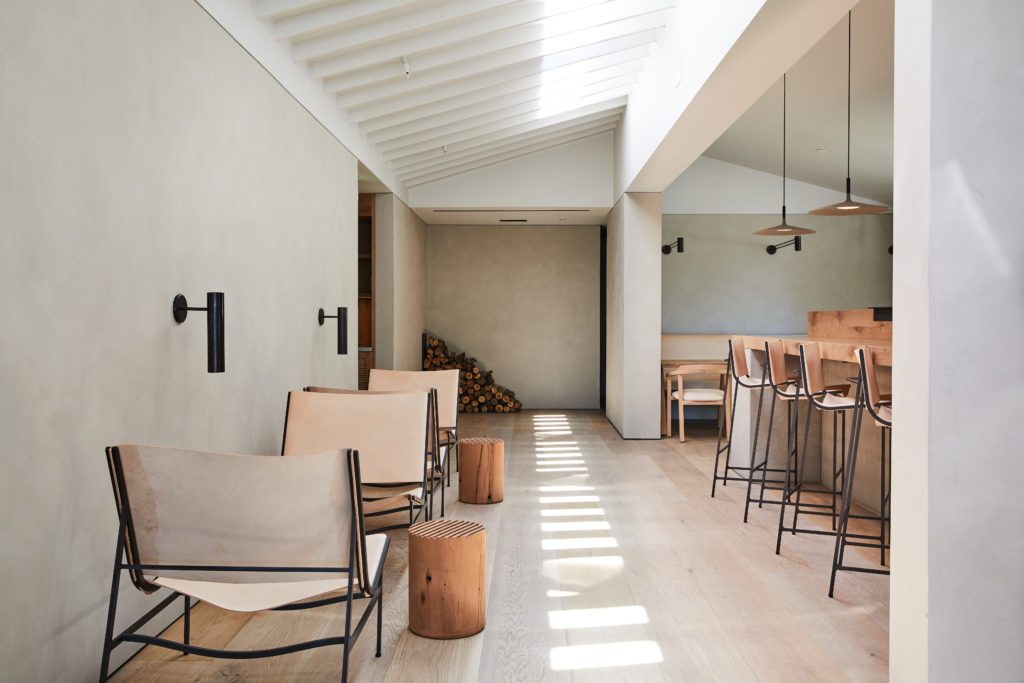
While Jon is from California, Masa hails from Slovenia, they met in Berlin then moved to Antwerp when they launched their design business. Now they’re working out of a sprawling bow-trussed warehouse in the Arts District. The combination of their simple, streamlined, perfectly constructed pieces and their love of a hosting a good dinner party were the perfect recipe for designing restaurants, two of which — Auburn on Melrose and Bon Temps in the Arts District — have recently opened. For patrons who covet the furniture as much as they adore the cuisine, the pieces are available for purchase. We sat down to talk to the couple about hospitality design, global influences and the unusual way they’re promoting their collection.
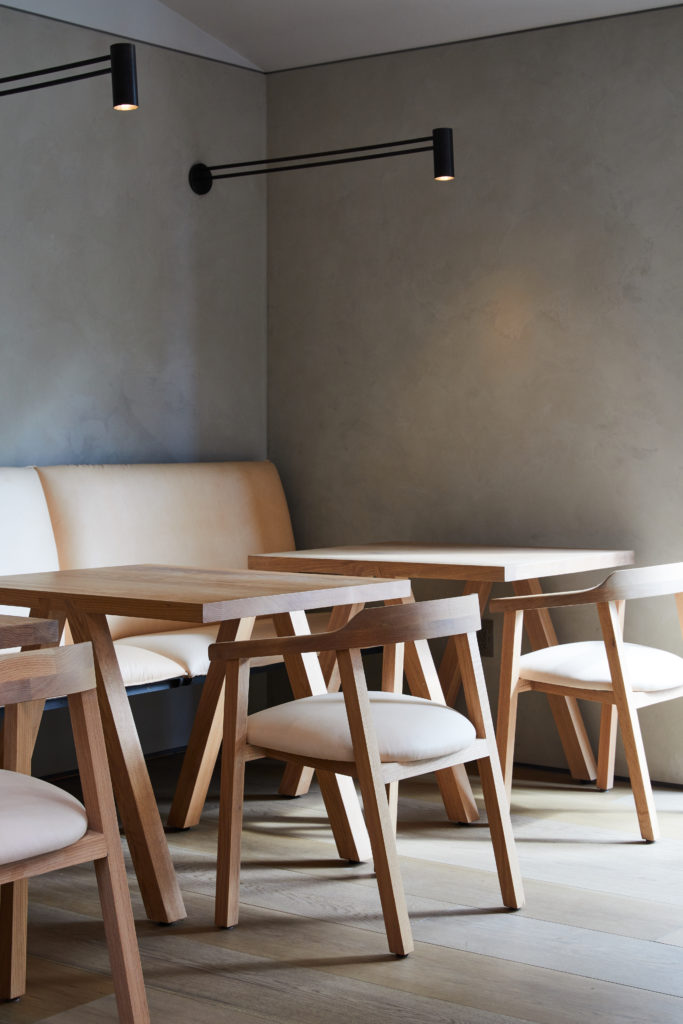
CHD: Tell us a little bit about Klein Agency. How did you two start working together?
KA: We are Maša and Jon, a Slovenian-American duo, wife-and-husband team, and partners and founders of Klein Agency. We met in Berlin (Germany), founded Klein Agency in Antwerp (Belgium), and today work from Los Angeles (California). We both come from different professional backgrounds (Maša from international policy and Jon from large scale architecture), which we left in 2012 to found Klein Agency together.
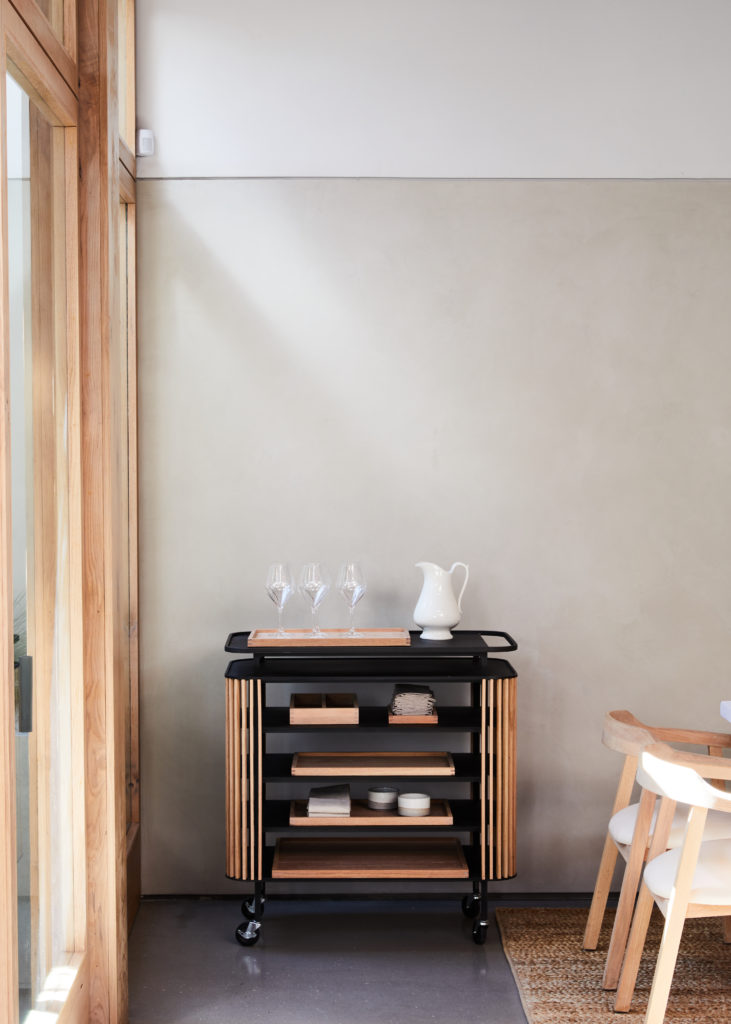
One characteristic that I’ve always been drawn to in your work is that while the pieces might be very large — say a sofa or a table — and there’s clearly a reference to industrial design, they still feel very light, almost ethereal, which is kind of surprising. Can you share a little bit about the evolution of your design over the years?
Our furniture has, from the beginning, been about respecting materiality. We think it is important to keep construction simple in an attempt to highlight the inherent qualities per particular materials. For example, our low rocker should read as a simple sheet of leather, captured by a thin frame of steel. No unnecessary embellishment. As we continue to develop new pieces in our collection, or as we build a catalogue of built spaces, we try to keep this ethos clear. If you decide to invest in a piece of our work, we want it to stay with you for years as a piece that you can pass down to future generations of your family. The errant drop of wine or splash of oil engenders each piece of furniture with a history that is unique to the individual. These flaws, or as we like to see them, beauty marks are what make each object unlike any other.
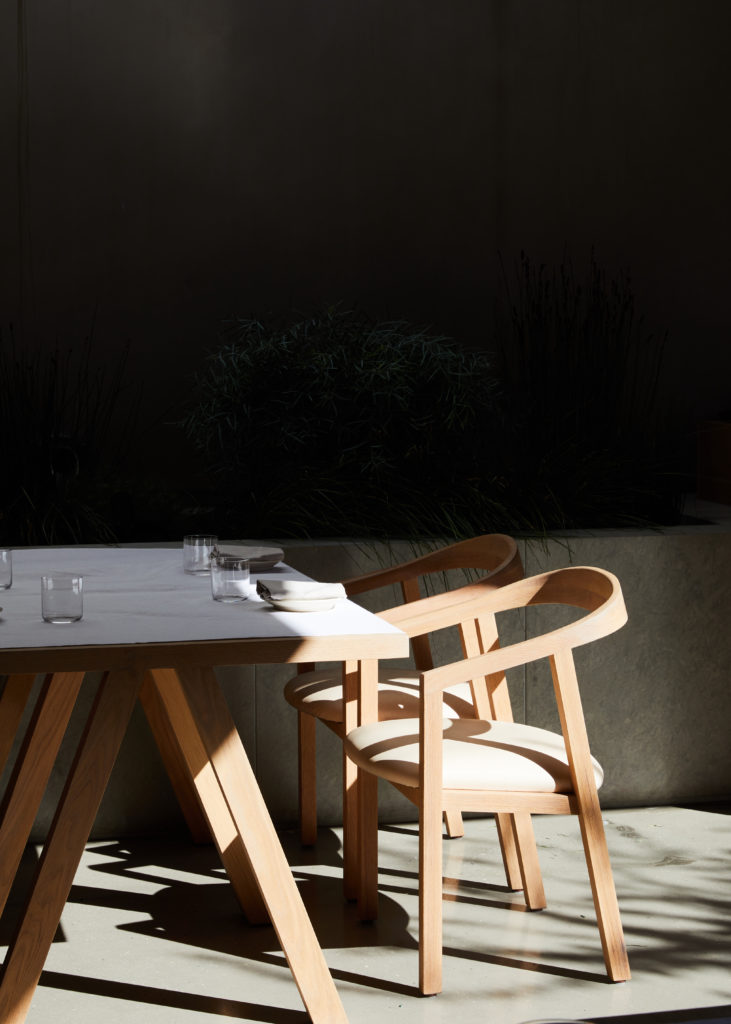
When it comes to the restaurants, you’re responsible for the architecture, you’re creating the furniture and the lighting. Can you talk about how all those things work together?
What better opportunity as a designer to be able to paint the complete picture? We have had the incredible opportunity to design and fabricate two very unique restaurants that have both opened this year (Auburn, Hancock Park, and Bon Temps, Arts District). Both spaces take advantage of very different material palettes, which was a direct observation of the personality of each chef. We begin the design of spaces like these, with very little preconceptions of what they could be, and allow our first conversations and observations of the chefs to guide us towards a comprehensive material and spatial palette. We model all our spaces 3 dimensionally in a program that allows us to dream. We can observe and judge the space from the beginning through the lens of the visitor, allowing the space to fill with light. This process enables us to make changes to physical elements, window openings, ceiling heights, floor materials, the furniture, etc. that all combine together into one unique story. Thinking about how it might feel to sit in a particular type of chair in each space allows us to imbue each space with a unique experience. The most important elements in any space are the ones that people touch. We love our job – we literally have the opportunity to create a memorable experience for each person that visits these spaces in hope of enhancing the vision that chefs have for their restaurants.
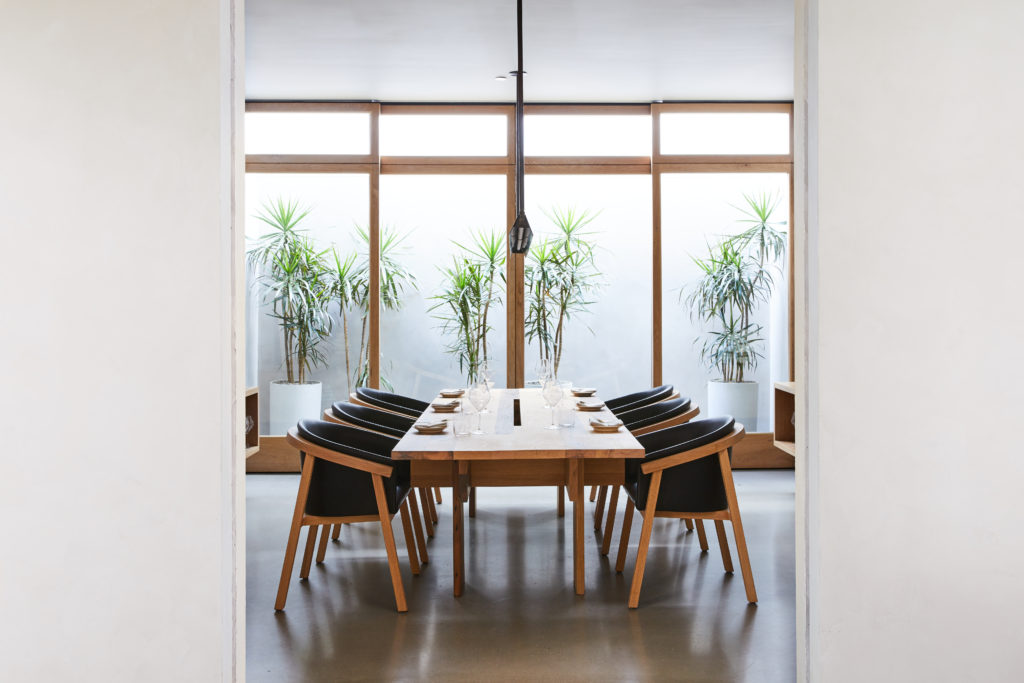
Talk to us a little bit about the elements that make something a “Klein Agency” piece?
With projects ranging from small objects to large spaces, we are constantly working towards delivering integrity through a rich appreciation for raw materiality no matter the scale. We strive to build upon an architectural language that is not shy of aesthetics, but resists fashion and trends. For us, it can be distilled to a few select materials and the way they engage. We try to explore and detail engagements between materials used on all of our spaces and furniture. As we develop our language we notice that our pieces tend to push and pull at ones original conceptions of form and proportion. While a piece might feel somewhat familiar, we always like to tweak proportion or form slightly to create a new experience. A Klein Agency piece will also be made locally, by craftsmen we know personally.
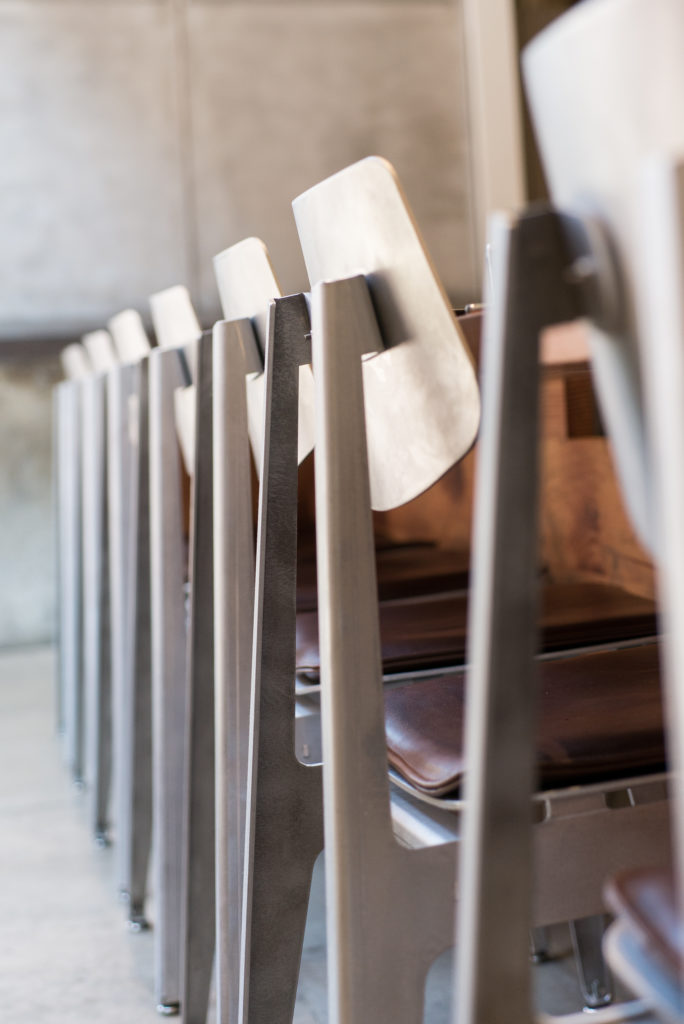
How do you guys work together? Do you divide thing up or are you collaborating on everything?
Jon is our lead design and fabrication partner. He spearheads 3D developments of all our pieces and while Maša keeps down the fort on everything related to management, sourcing, clients, fabricators etc, we still work through every piece together. It’s a tit-for-tat, backwards and forward. No one piece is ever designed or made by only one of us.
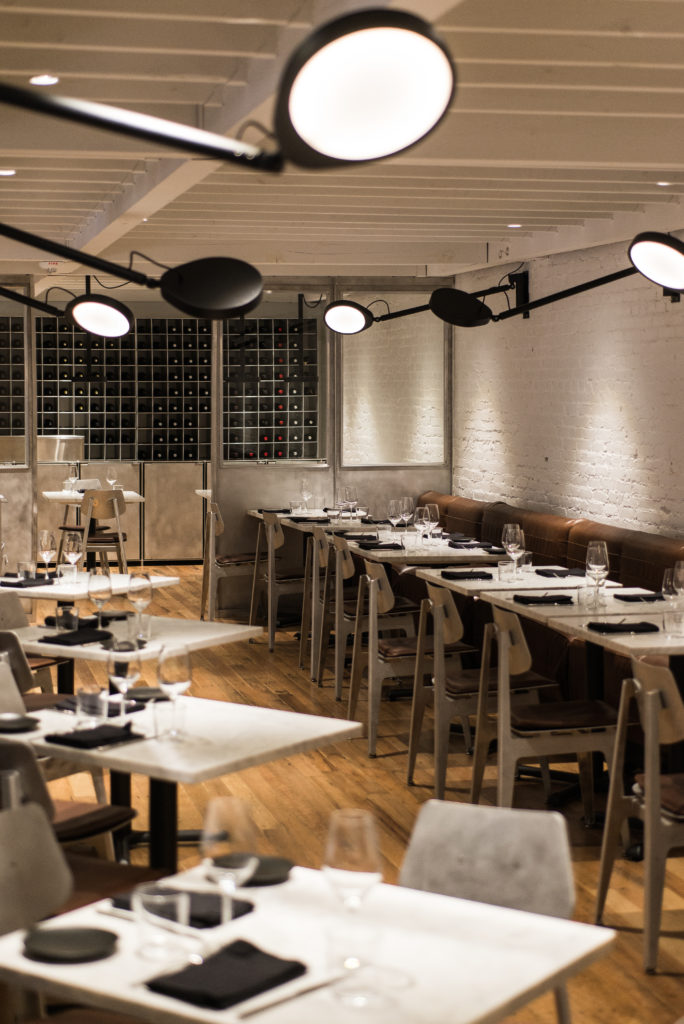
You’ve got all these influences with Jon being from California, Masa from Slovenia, you met in Berlin, you founded the company in Brussels, and now you’re living in a warehouse in DTLA! Do you see all the threads there?
Coming from different backgrounds and developing our ideas in environments that were initially foreign to us, pushes us to continuously question how and why we do things. Belgium, where we started our company, left a big impact on our work. The sensibility and appreciation for honest, minimal spaces, for dwellings that appease, for understated luxury – those were certainly notes that we feel we picked up and developed through time and places that shaped us in our trajectory.
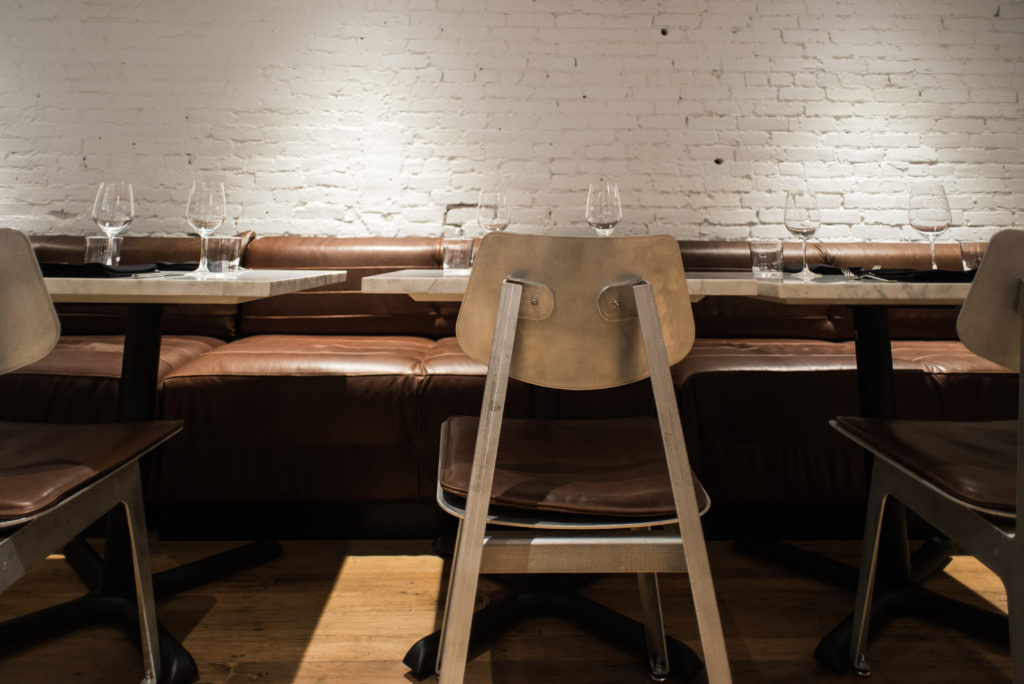
In addition to your regular line of furniture, this new collection enables customers to buy pieces that you’ve developed for the restaurant. Can you talk a little bit about why you decided to sell pieces you created for the restaurant and why customers should be especially interested in them?
The two large restaurant projects that we worked on for the past two years – Auburn and Bon Temps, both in LA – enabled us to prototype extensively and develop furniture lines specific to each space. The pieces quickly gained traction after the restaurants opened and our chef clients were supportive in seeing them take new flight. Restaurants are hard spaces for furniture – lots of traffic, lots of use, lots of different body types having to feel equally as comfortable in them. So we certainly feel that the pieces getting great feedback from the hospitality environment will work beautifully in private residences and other public spaces.
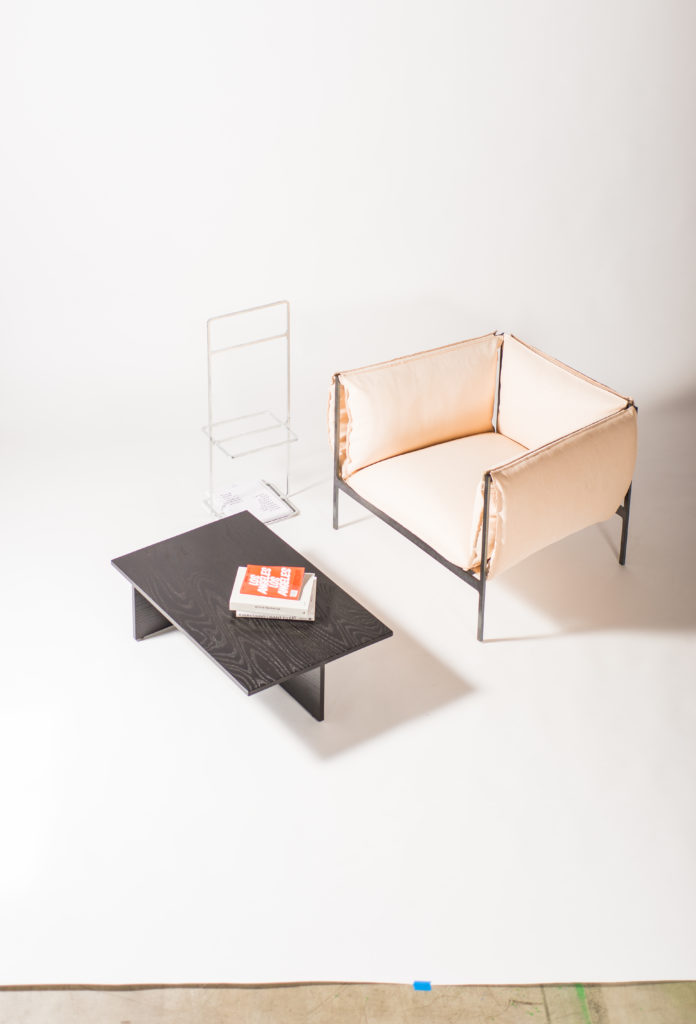
Could you share a little bit about what California and specifically being in Los Angeles has meant for your work?
It’s been an incredible journey. Since landing in Los Angeles a couple of years ago to where we are now… things here move with a speed of light. Everything is possible. There is so much to explore. We are continuously inspired by this place and the people that we’ve met here. It has been the most intense chapter of our lives to date and the most rewarding one. Los Angeles has a certain patina that inevitably creeps into your work. Having formed our initial principles towards materiality and space in Europe, seeing these values slowly transformed by Southern California is very rewarding. It means our design is evolving. We constantly question what it means to live in a certain place.
